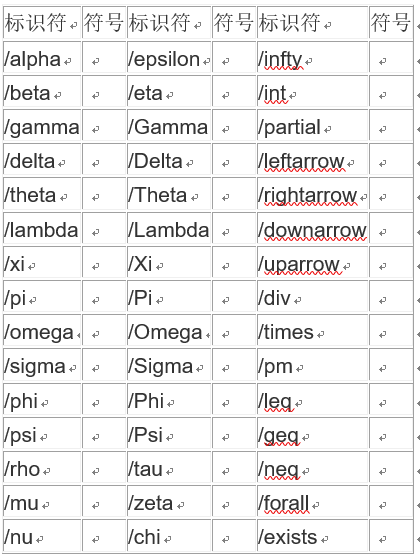
This harmonic divides the string into thirds. The third harmonic is found seven and nineteen frets above the fundamental. The node for this harmonic is in the exact center of the string, so the string vibrates in halves as shown below: Third Harmonic The pitch of this harmonic is one octave higher than the fundamental. On the open E string, the second harmonic is at the twelfth fret. The second harmonic is found twelve frets above the fundamental. The pitch of the fundamental results from the string vibrating over its entire length. For example, if you play the open low E string, the fundamental is the same pitch as the E string. The fundamental is the first harmonic in the series. The pitch will be the same regardless of whether you play the harmonic at the seventh or nineteenth fret. On an open string, these nodes occur at the seventh and nineteenth frets. For example, the third harmonic occurs as the result of dividing the string into three equal parts. The harmonic that occurs at each of these nodes will be the same pitch. When a string is divided into several equal parts, each node is the exact same distance from the other nodes that divide the string. The lowest point of the wave, where the two lines intersect, is a node. In this example, the string is divided into fifths, which means there are four nodes. Harmonics occur at each node.Ī vibrating string is shown below as a wave to illustrate this concept. These are locations on the string where it doesn't vibrate. The points where the string is divided are called nodes.

These vibrations occur not only over the entire length of the string, but also by dividing the string into halves, thirds, fourths, fifths, and so on. Vibration of the StringĪ string vibrates along its length at multiple frequencies simultaneously. Some guitars may be capable of producing usable harmonics one or two harmonics higher, but beyond this, the harmonics are usually too weak to be used in actual music. Harmonics are fairly usable on the guitar until about the seventh or eighth harmonic. Every harmonic after the fundamental is progressively weaker.

The fundamental is the strongest harmonic since it is first in the series. The relative strength of each harmonic decreases the higher a harmonic is in the series, which makes them harder to hear and play as you go up the harmonic series. The next harmonic would be a G an octave and perfect fifth above the fundamental, and so on. For example, if you start with a fundamental of C, the first harmonic would be a C an octave above that. The specific pattern of intervals in the harmonic series applies to every note regardless of pitch. These numbers are used to reference a specific harmonic in the series.

Below is the harmonic series starting with the low E string as the fundamental. The fundamental pitch is considered the first harmonic. The specific arrangement of intervals associated with the fundamental and its harmonics is known as the harmonic series. The pitch you play is known as the fundamental. When you play any note on the guitar the sound you hear is a combination of that pitch and other pitches called overtones or harmonics. Harmonics on the Guitar What is the Harmonic Series?


 0 kommentar(er)
0 kommentar(er)
